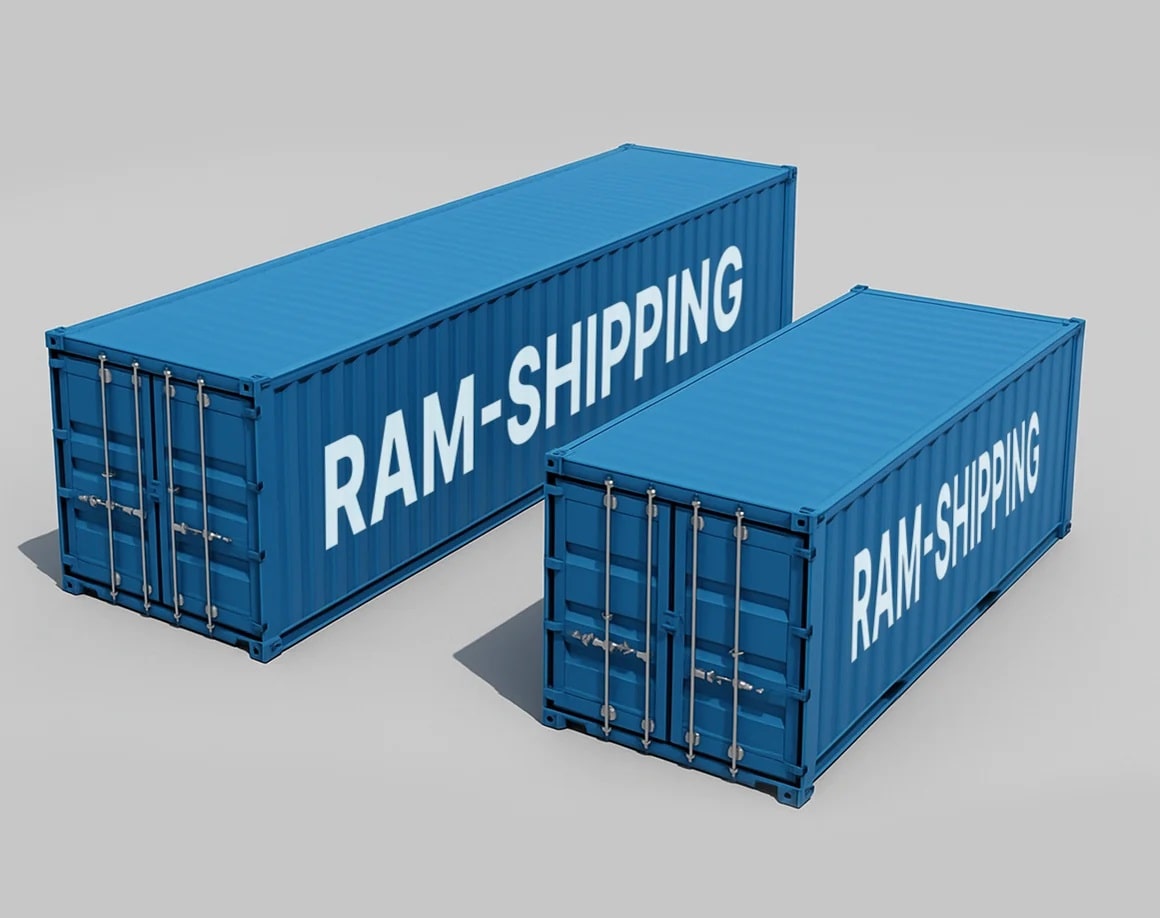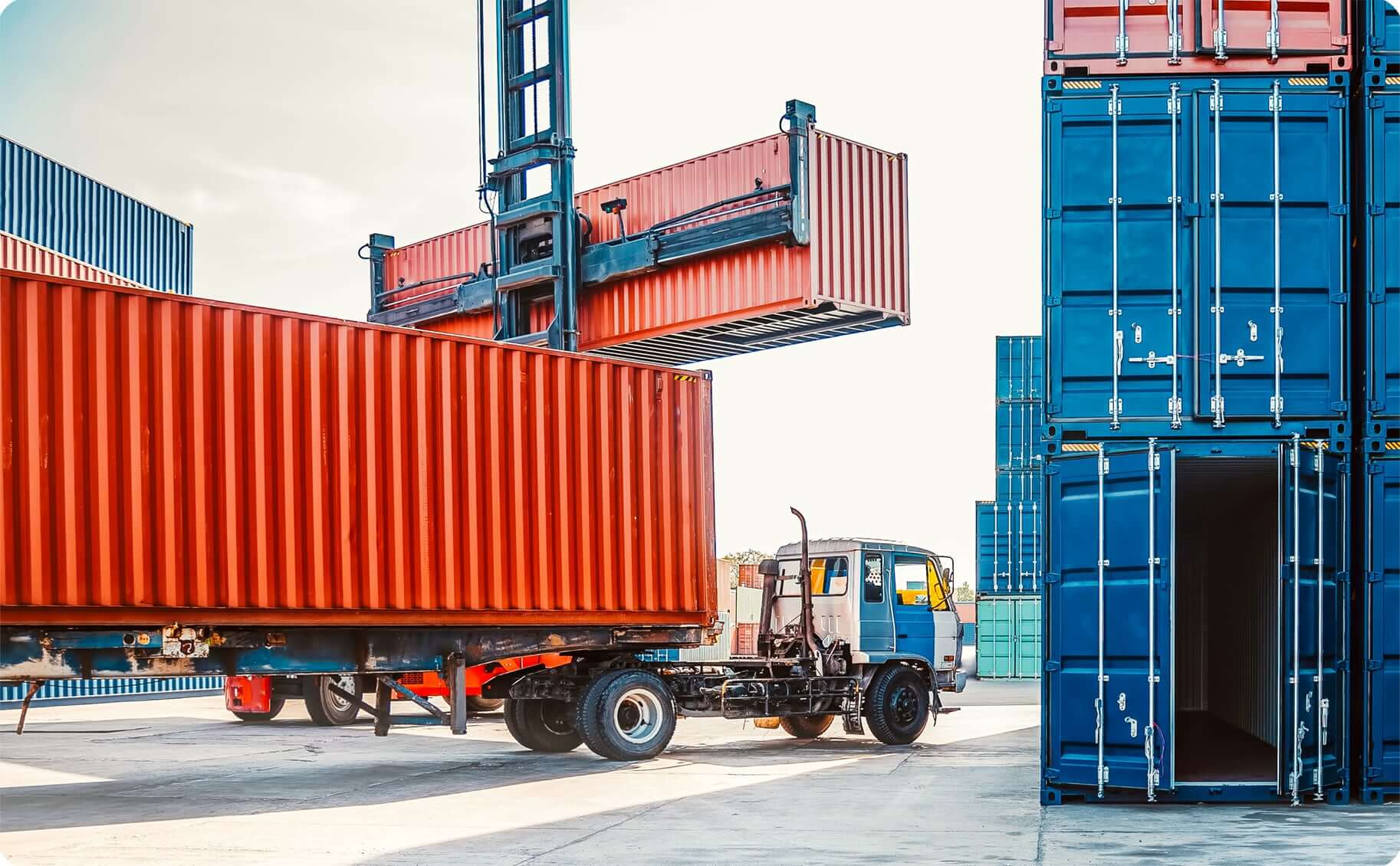
When it comes to shipping goods internationally, one of the most critical factors to consider is how to maximize the use of container space. Efficient use of space not only reduces shipping costs but also ensures the safe transportation of your products. Understanding how many pallets can fit in a 20ft and 40ft container is essential for planning your shipments. In this blog post, we’ll explore the dimensions and capacity of these containers, the standard pallet sizes, and how to optimize pallet loading.
Understanding Container Dimensions
Before we dive into the specifics of how many pallets fit into each container, let’s review the standard dimensions of 20ft and 40ft containers:
20ft Container:
- Internal length: 5.9 meters (19.4 feet)
- Internal width: 2.35 meters (7.7 feet)
- Internal height: 2.39 meters (7.8 feet)
- Internal volume: 33 cubic meters (1,172 cubic feet)
40ft Container:
- Internal length: 12.03 meters (39.5 feet)
- Internal width: 2.35 meters (7.7 feet)
- Internal height: 2.39 meters (7.8 feet)
- Internal volume: 67 cubic meters (2,389 cubic feet)
Standard Pallet Sizes
Pallets come in various sizes, but the two most common types used in international shipping are the ISO standard pallet and the Euro pallet:
ISO Standard Pallet:
- Dimensions: 1.016 meters x 1.219 meters (40 inches x 48 inches)
- Area: 1.24 square meters (13.33 square feet)
Euro Pallet:
- Dimensions: 1.2 meters x 0.8 meters (47.2 inches x 31.5 inches)
- Area: 0.96 square meters (10.3 square feet)
How Many Pallets Fit in a 20ft Container
To calculate the number of pallets that can fit into a 20ft container, we need to consider the internal dimensions of the container and the dimensions of the pallets.
ISO Standard Pallets:
- The internal width of the container (2.35 meters) can accommodate 2 pallets side by side (2 x 1.016 meters = 2.032 meters).
- The internal length of the container (5.9 meters) can accommodate 5 pallets end to end (5 x 1.219 meters = 6.095 meters, slightly over but manageable with careful loading).
- Therefore, a 20ft container can hold approximately 10 ISO standard pallets.
Euro Pallets:
- The internal width of the container (2.35 meters) can accommodate 2 pallets side by side (2 x 0.8 meters = 1.6 meters).
- The internal length of the container (5.9 meters) can accommodate 11 pallets end to end (11 x 1.2 meters = 13.2 meters, considering double-stacking for better efficiency).
- Therefore, a 20ft container can hold approximately 11 Euro pallets if single-stacked, and up to 24 if double-stacked.
How Many Pallets Fit in a 40ft Container
The 40ft container, being twice the length of the 20ft container, can accommodate significantly more pallets.
ISO Standard Pallets:
- The internal width of the container (2.35 meters) can accommodate 2 pallets side by side (2 x 1.016 meters = 2.032 meters).
- The internal length of the container (12.03 meters) can accommodate 10 pallets end to end (10 x 1.219 meters = 12.19 meters, slightly over but manageable with careful loading).
- Therefore, a 40ft container can hold approximately 20 ISO standard pallets.
Euro Pallets:
- The internal width of the container (2.35 meters) can accommodate 2 pallets side by side (2 x 0.8 meters = 1.6 meters).
- The internal length of the container (12.03 meters) can accommodate 23 pallets end to end (23 x 1.2 meters = 27.6 meters, considering double-stacking for better efficiency).
- Therefore, a 40ft container can hold approximately 23 Euro pallets if single-stacked, and up to 48 if double-stacked.
Optimizing Pallet Loading
Maximizing the number of pallets in a container requires careful planning and efficient use of space. Here are some tips to optimize pallet loading:
- Stacking: Double-stacking pallets can significantly increase the number of pallets in a container, especially for lighter and non-fragile goods.
- Pallet Configuration: Experiment with different pallet configurations to find the most efficient arrangement. For example, alternating the orientation of pallets can help utilize space better.
- Pallet Wrapping: Securely wrapping pallets with stretch film can stabilize the load and allow for safer stacking.
- Load Planning Software: Utilize load planning software to visualize and optimize pallet placement within the container.
Understanding how many pallets fit into a 20ft and 40ft container is crucial for efficient shipping and cost management. By considering the dimensions of both the container and the pallets, businesses can optimize their loading strategies and make the most of their shipping space. Whether you are using ISO standard pallets or Euro pallets, careful planning and the right approach can help you maximize container capacity and ensure the safe and cost-effective transport of your goods.



